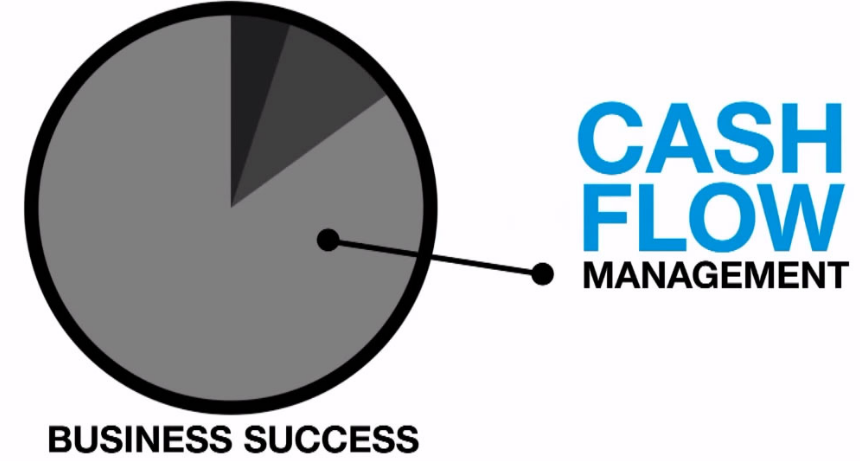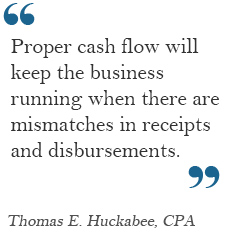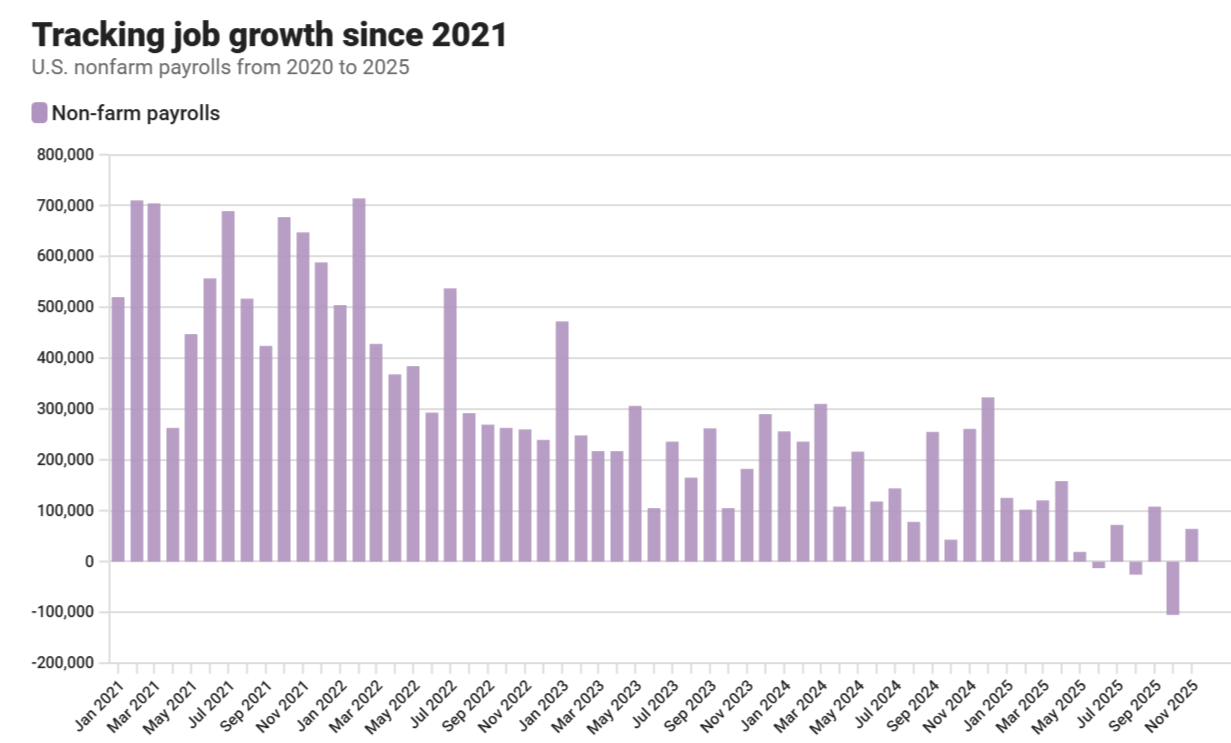
I was interviewed last month, by Heather R. Johnson a journalist who was writing an article about cash flow management tips for Bank of America’s small business community site.
Next to a business plan and a mission statement, cash flow management is one of the most important elements of small business success. With well-managed cash flow, a small business can more easily handle surprise expenses or a slump in sales.
“Proper cash flow will keep the business running when there are mismatches in receipts and disbursements,” says San Diego, California-based CPA Thomas E. Huckabee. “If you’re losing money, you’ll be okay until you start making money.”
To ensure stability through your business’s peaks and valleys, follow these tips:
1. Understand your breakeven point
Your breakeven point is the minimum amount of sales you need to pay your expenses. Knowing your breakeven point helps to project future cash flow. It also will show you when your sales equal—or surpass—your expenses.
2. Monitor often
Huckabee recommends that businesses develop a 12-month cash flow projection at least once a month. A cash flow projection lists cash revenues, disbursements, and identifies cash surpluses and shortfalls before they happen. During lean times, businesses may want to monitor on a weekly basis. Create an annual cash flow projection for years two and three to prepare for crises before they happen.
 3. Receive receivables promptly
3. Receive receivables promptly
An international survey of B2B payment behavior from credit insurer Atradius reported that United States businesses lose 51.9 percent of their receivables value when not paid within 90 days of the due date. To improve your receivables, use the following strategies:









